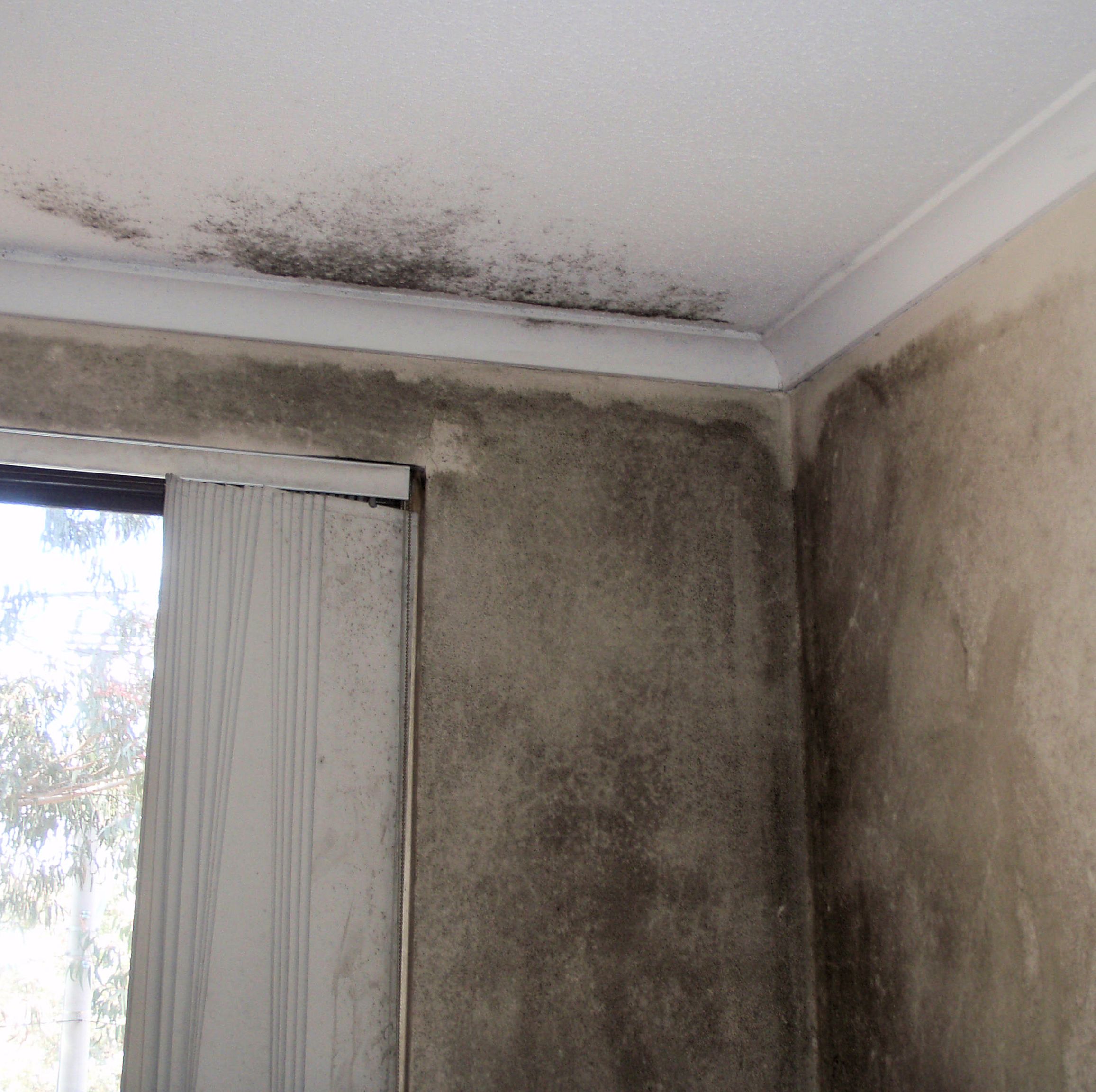
Impact of thermal bridging on condensation and mould growth
Condensation and mould growth
Impact of thermal bridging on condensation and mould growth
To identify areas where there is a risk of condensation and therefore mould growth in different design situations, a surface temperature factor’ (fRsi) can be used.
It allows surveys under any thermal conditions and compares the temperature drop across the building fabric, with the total temperature drop between the inside and outside air.
The ratio is described in BRE IP1/06; a document cited in Building Regulations Approved Documents Part L1 and L2 and Section 6 in Scotland.
Serious problem for building occupiers
It is a critical calculation, as the consequences of condensation and mould growth are likely to be more serious for building occupiers than any local heat loss.
If low internal surface temperatures in the area of a thermal bridge are below the dew point of the air, condensation is almost certain to form.
This in turn is likely to result in structural integrity problems with absorbent materials such as insulation products or plasterboard and of even greater concern, the occurrence of mould growth.
Practically every building contains mould spores within its fabric which are dormant and completely harmless.
However, given the right conditions these spores will germinate and become a potential health risk to occupants in the form of asthma and allergies.
Mould is not a new phenomenon of course, but a combination of circumstances is elevating interest in the problem. Primarily these are better insulated and more airtight buildings, improved energy efficiency requirements and much greater environmental awareness.
Mould starts to form when the relative air humidity reaches 80%, and often before there is evidence of any condensation.
As the actual surface temperature will depend greatly on the temperatures both inside and out at the time of the survey, the surface temperature factor (fRsi) has crucially been formulated to work independently of the absolute conditions.
The surface temperature factor formulaThe actual formula as it relates to internal surveys is that fRsi = (Tsi Te) / (Ti Te) where Tsi = the internal surface temperature Ti = the internal air temperature and Te = the external air temperature |
Using the formula, the recommended (fRsi)value for offices and retail premises is equal to or greater than 0.5; and to ensure higher standards of comfort for occupants in residential buildings, equal to or greater than 0.75.
In more extreme conditions of high humidity, such as swimming pools or other wet areas, 0.9 would be anticipated. In summary, the surface temperature factor required will depend on the use of the building and the consequent internal relative humidity.
To eliminate the possibility of condensation and any resultant mould growth, the higher the likely internal humidity, the greater the need for a higher surface temperature factor.
Schock
The Clock Tower
2-4 High Street
Kidlington
OX5 2DH
UK
Phone
0845 241 3390
Fax
0845 241 3391
Visit Supplier's page
Latest news

21st November 2024
Altro distils style and performance at English Spirit
English Spirit Distillery has used an extensive package of Altro products front and back of house, in their new visitor centre café, shop and viewing area for the working distillery.
Posted in Articles, Bathrooms, Bedrooms & Washrooms, Building Industry News, Building Products & Structures, Building Systems, Case Studies, Floors, Interior Design & Construction, Interiors, Kitchens, Restoration & Refurbishment, Retrofit & Renovation, Timber Buildings and Timber Products, Walls
21st November 2024
Abloy UK creates bespoke locking solution for Secure Information Boxes
Abloy UK has supplied The Safety Letterbox Company Ltd with a bespoke Sentry CL811 Camlock for use in its Secure Information Boxes, assisting life safety and complying with new regulations and legislation for high rise buildings.
Posted in Access Control & Door Entry Systems, Architectural Ironmongery, Articles, Building Industry News, Building Products & Structures, Building Regulations & Accreditations, Building Services, Case Studies, Facility Management & Building Services, Health & Safety, Posts, Restoration & Refurbishment, Retrofit & Renovation, Security and Fire Protection
20th November 2024
CUPA: CUPACLAD enhances hotel aesthetics with a creative natural slate façade
Situated at the northern edge of a newly developed retail park near Bristol, the Abbey Wood Travelodge was conceived as part of the company’s new Budget-Luxe line of hotels – it features CUPACLAD, from CUPA PIZARRAS.
Posted in Articles, Building Industry News, Building Products & Structures, Building Systems, Case Studies, Cladding, Concrete, Cement, Admixtures, Facades, Posts, Restoration & Refurbishment, Retrofit & Renovation, Walls
20th November 2024
Origin launches in-house powder coating facility
Origin’s latest investment is set to redefine industry standards as it launches its own in-house powder coating facility.
Posted in Aluminium Products, Articles, Building Industry News, Building Products & Structures, Building Systems, Doors, Glass, Glazing, Innovations & New Products, Paints, Coatings & Finishes, Restoration & Refurbishment, Retrofit & Renovation, Site Preparation, Windows
 Sign up:
Sign up: